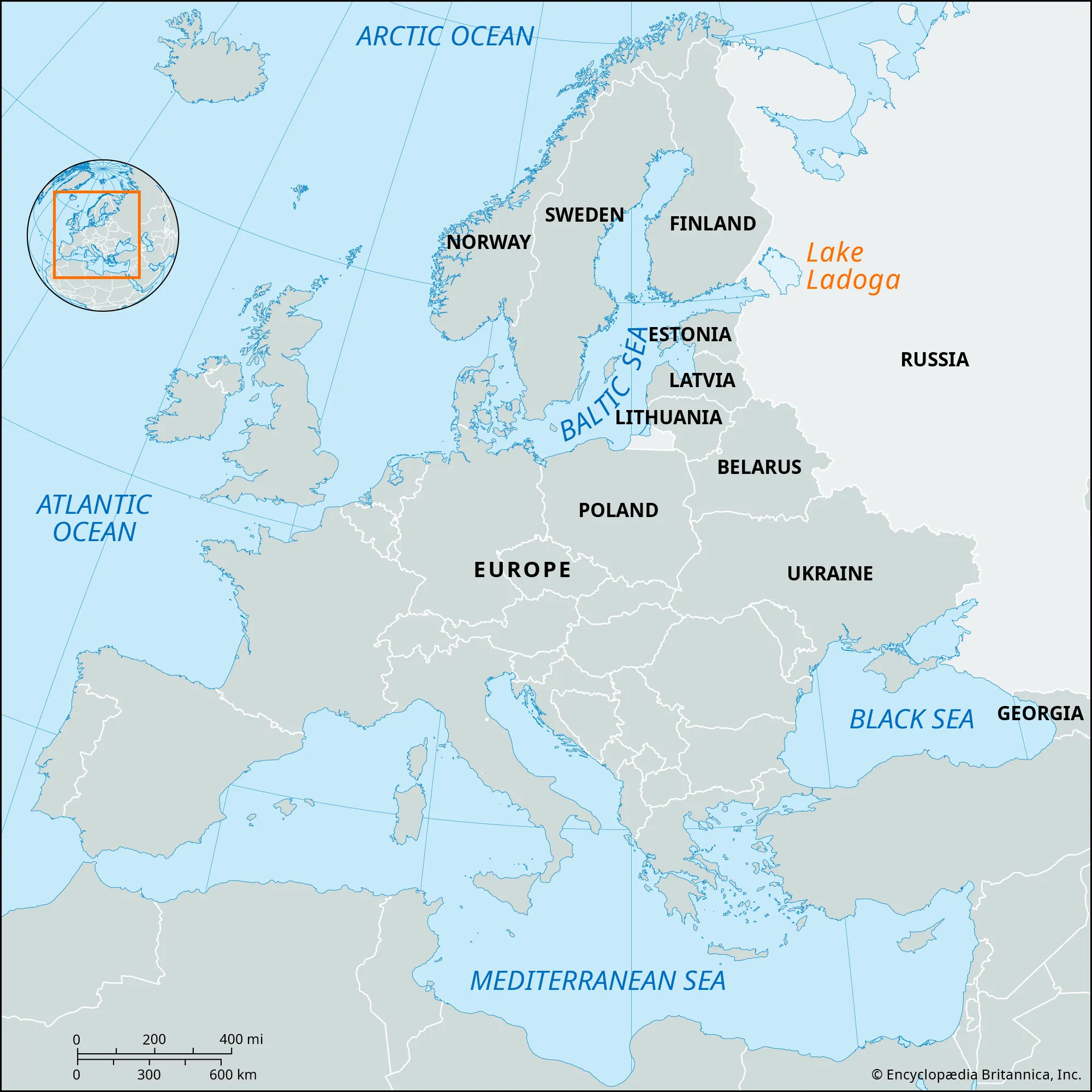Russia is planning to base small, heavily armed missile boats in a lake in its far northwestern territory as another firing point into the Baltic Sea, Finland, and the Gulf of Finland, as tensions with North Atlantic Treaty Organization (NATO) show no signs of abating.
According to reports, the Russian Ministry of Defense (RuMoD) has determined the feasibility of using Lake Ladoga near Saint Petersburg against NATO expansionism, especially after Sweden and Finland’s accession to the military bloc.
It has identified the Karakurt-class mid-sized missile boats and the Buyan-M class missile corvettes as being structurally and technologically suitable to operate from rivers and inland waterways.
The Baltic Sea has emerged as a major flashpoint, especially since the US-led Western alliance began describing it as a “NATO lake,” signifying their strategic unity before what they perceived as Moscow’s military belligerence since the 2014 Donbas war.
Russia’s military intervention in Ukraine in February 2022 accelerated its plans, which has now seen a steady series of retaliatory naval drills in the Baltic Sea. Russia conducts live-firing exercises, while NATO navies maintain a consistent military presence with an eye on the Russian Kaliningrad exclave.
The US, too, has based medium-range land and sea strike Typhon missiles on the Danish island of Bornholm, which Russia perceives is aimed at Kaliningrad and a counter to its anti-access/area-denial (A2/AD) weapons there.
Missiles From Lake Into Land & Sea
According to Izvestia, the RuMoD conducted a study lasting several months that examined the tactical, technical, strategic, environmental, and even hydrographic surveys of the formations under the lake to determine the plan’s viability.
The report quoted experts that this was an “adequate measure after NATO expansion in the northwest (as) from here ships can keep Finland at gunpoint.”

Lake Ladoga is separated from the Baltic Sea by the Karelian Isthmus, draining into the Gulf of Finland via the Neva River. The distance from the lake’s northern shore to the Finnish border is barely 50 kilometers.
From the middle of the lake to the middle of the Baltic Sea, just northeast of Sweden’s Gotland Island, the distance is roughly 650 to 700 kilometers.
“The flight range of the Kalibr cruise missiles that the Karakurts are armed with is over 1,500 kilometers. At the same time, in Lake Ladoga, Russian ships will be relatively safe from the navies of NATO countries based in the Baltic,” the report said.
“This is a completely sound military-technical response to the entry of Finland and Sweden into NATO,” military historian Dmitry Boltenkov told Izvestia.
“Additionally, this area is not as well known to (NATO) alliance intelligence. Karakurts are effective platforms for deploying various weapons; in the future, they may receive Zircon hypersonic missiles,” he added.
Another military expert, Captain 1st Rank Vasily Dandykin, said the “potential deployment in Lake Ladoga is especially concerning for Finland.”
“The Buyan-M project belongs to the river-sea class,” and the Karakurt too “passes river systems normally.” Moreover, Lake Ladoga is deeper than the Baltic Sea. He cited the example of the Caspian Sea Flotilla firing missiles into Syria on the ISIS and Al Qaeda-linked Syrian opposition.
Russia’s Calculations & Challenges
The assessments suggest Russia can fire weapons into international territories, flying over other countries from its inland water bodies that completely changes an adversary’s targeting calculus.
The only challenge, Izvestia said, was transporting the Buyan and Karakurt missile boats from the Baltic Sea fleet, which the RuMoD study did address and the report did not specify.
Finland’s accession to NATO has not yet translated into hosting the military bloc’s nuclear weapons and bases, suggesting a measured step, going by the Helsinki leadership statement.
Moscow, however, remains unconvinced at the measured, non-escalatory action since it believes in the long run, the Western alliance will continue to encircle and contain it strategically.
Therefore, the announcement about using the lake for naval purposes serves as a deterrent to keep NATO on the back foot and maintain its overall military and strategic supremacy in the Baltic Sea.
Likewise, suppose deterrence fails, and NATO does take military bold and aggressive postures. In that case, Russia can follow up and militarize the lake, demonstrating its willingness to follow up on its threats.
Before that, however, the Russian navy can be expected to hold a trial exercise by either sailing the missile boats or possibly even test-firing training rounds of the Kalibr missiles from the lake at a reasonable time, conveying it is willing to put its plan into action.
A previous EurAsian Time analysis touched upon the military-technological dynamics in the Baltic Sea region. Moscow remains aggressive with bold live-fire aerial and naval drills, while NATO navies predominantly practice benign tasks like search and rescue, anti-submarine warfare, or testing unmanned naval systems.
Russia Perceives US, NATO Threat At Both Ends
Interestingly, this aggressive posture is also driven by Russia perceiving a US threat on its far-eastern shores and the Washington-Seoul-Tokyo alliance primarily aimed at North Korea.
But with Moscow and Beijing being close allies of Pyongyang while also sharing the same contiguous geography, the Western alliance is viewed as an existential threat from this theater.
In other words, Russia and North Korea are also Indo-Pacific nations, and from the trio’s standpoint, Europe is a part of the US’s Indo-Pacific strategy. Like the Baltics, Russia also holds strategic naval and air exercises with the Chinese People’s Liberation Army – Navy (PLA-N) and live-fire drills in Sea of Japan.
Its emerging proactive and militarized security approach in the Baltics should be seen in this light, where it plans to strategically signal and activate a pressure point on either front.
- The author can be reached at satamp@gmail.com
- Follow EurAsian Times on Google News